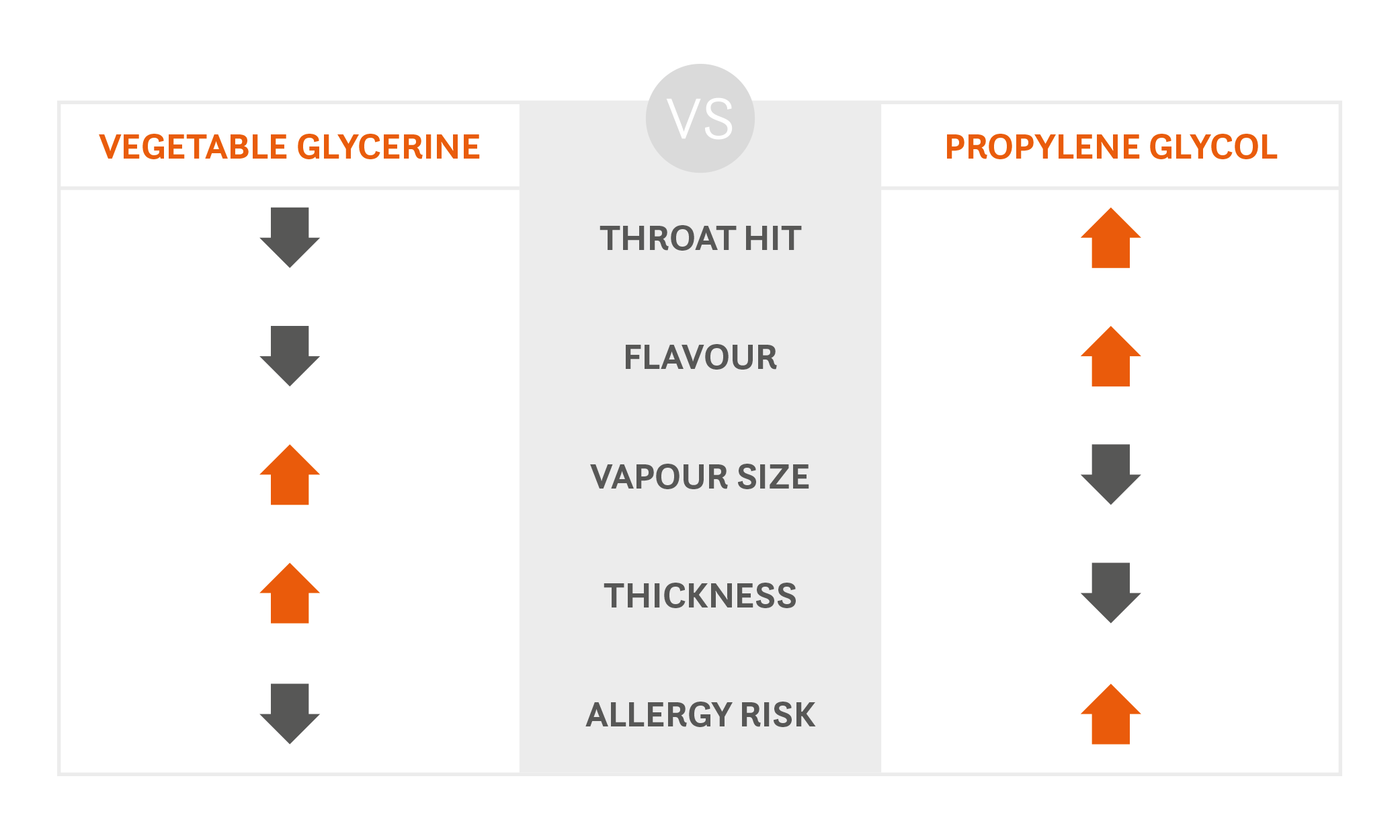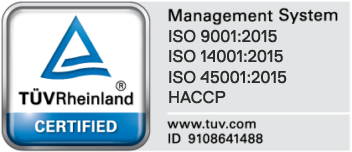
Glycerine and glycol are two of the most commonly used ingredients in various industries formulations. Starting from the brake and cooling fluids as well as windscreen de-icers, ending with additives for animal feed and the cosmetics industry – glycol and glycerine are used in a wide range of products. This article examines their similarities and differences, explaining when one should be used over the other taking into account a given application and industry.
What is glycerine?
Glycerine or glycerin, is a natural substance that is a colorless, odorless, viscous liquid. It is an organic compound that has very similar chemical formula to glycol. Glycol goes as C3H8O2 and glycerine as C3H8O3.
Glycerine differs from glycol because it has three hydroxyl groups, while PG has two. It is also more viscous than glycol and cannot be easily mixed with water or alcohol to make a solution.
There are also a lot of glycerin uses. It can be found in many products such as moisturizers, shaving creams, toothpaste, soap and shampoo because it absorbs moisture from the air and prevents drying of skin or hair.
What is glycol?
It can be found in various products such as antifreeze, brake fluid, and cosmetics. The difference between glycol and glycerine lies in its chemical composition. Glycol contains one more oxygen atom than glycerine does. This means that it will have different properties to glycerine because of this difference in structure.
Similarities between glycol and glycerine
Propylene glycol and glycerine often appear the same because they both have a form of a sweet, odorless, colorless liquid and they have syrup-like consistency. Although they share certain physical properties, they have very distinctive features and it is very important to define these compounds precisely.
Glycols and glycerines are two types of substances that have a variety of uses. Glycerine is more viscous than glycol, which means it has a higher boiling point. Glycerines are generally used as additives to food or as skin moisturizers, while ethylene glycols are used as heat transfer fluids or propylene glycol is a common ingredient in cosmetics. Moreover, ethylene glycol dinitrate may work as anti-freezer in the production of dynamite.
Glycol and glycerine in the cosmetic industry
When we look at the two ingredients from the cosmetic’s point of view glycerine is a humectant. Meaning it can help to hold water in your skin. It also has some emollient properties, which makes it good for soothing dry skin. Glycol, on the other hand, is less moisturizing than glycerine but does not interfere with the protective barrier on the skin. With its more substantive or stickier consistency, it’s often used as an additive in skincare products like ointments and lotions. When deciding which ingredients to use for your formulation, take into consideration what you’re trying to achieve (hydration vs. barrier function) and your desired form (oily lotions or creams vs. watery mists). There are many different factors that go into making an informed decision about which of these ingredients you want to use for.
Glycol and glycerine – application in the
e-liquid industry
The use of glycol and glycerine as components of e-liquids for electronic cigarettes is common. They work as solvents and as an element of the base in which nicotine is mixed and aromas give the characteristic scent of e-liquids. From the point of view of the vape industry, it is very important what quality raw materials used for the production of e-liquids are made of. This is essential because the vapor from the e-cigarette comes into a direct contact with the human body – the liquid is inhaled into the lungs like a substitute for smoke from a traditional cigarette. Producers of e-liquids, for the sake of their consumers, should make every effort to ensure that the quality of the components used in production is as high as possible. Certainly, a good solution to this issue is the use of glycol and glycerine of pharmaceutical quality. We wrote more about the pharmaceutical quality of raw materials in the article: Pharmaceutical quality of e-liquids – everything you should know.
Glycol and glycerine have also an impact on the final vaping sensation in the e-liquid which is presented by the graphic below:

Conclusion
Although glycol and glycerine are commonly used as agents in the production of many products, it is worth paying attention to the quality of the raw material, which is a component of the products that will be made from it. To make sure that the product meets the highest quality standards, it is worth getting acquainted with the documentation attached by the manufacturer.
Wspólnie rozwiniemy Twój biznes!
Zapisz się do naszego newslettera i otrzymaj bezpłatny dostęp do naszego kursu e-mailowego o surowcach do produkcji e-liquidów (i nie tylko!).
Żadnego spamu, przesyłamy tylko wartościowe treści.

















